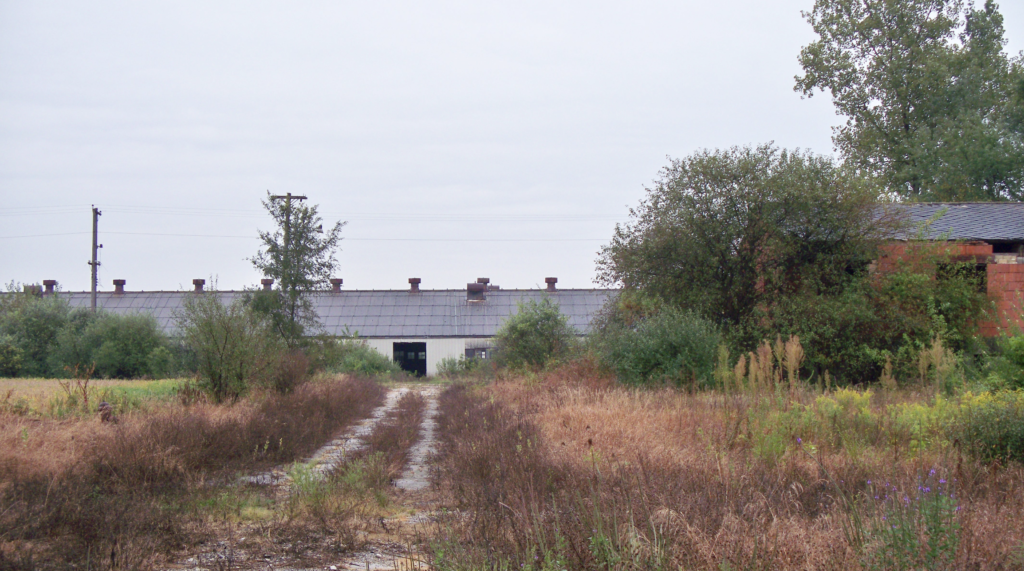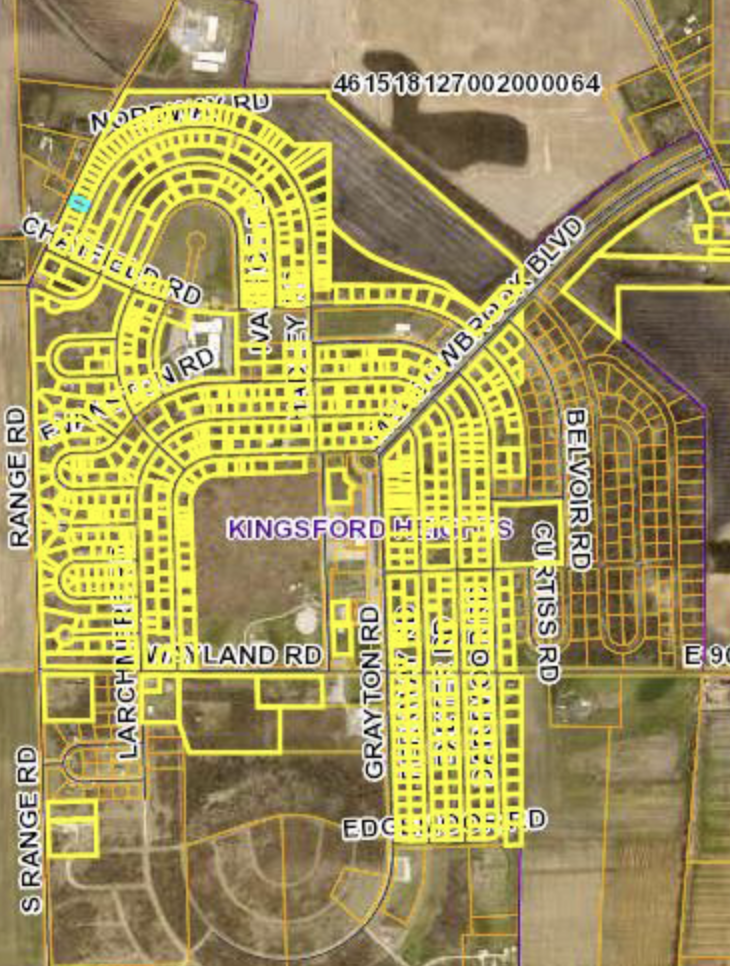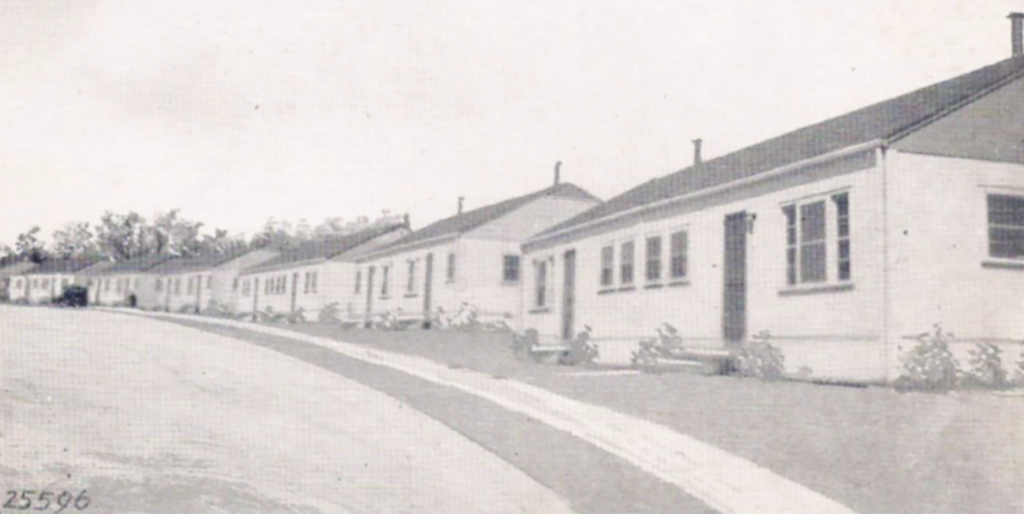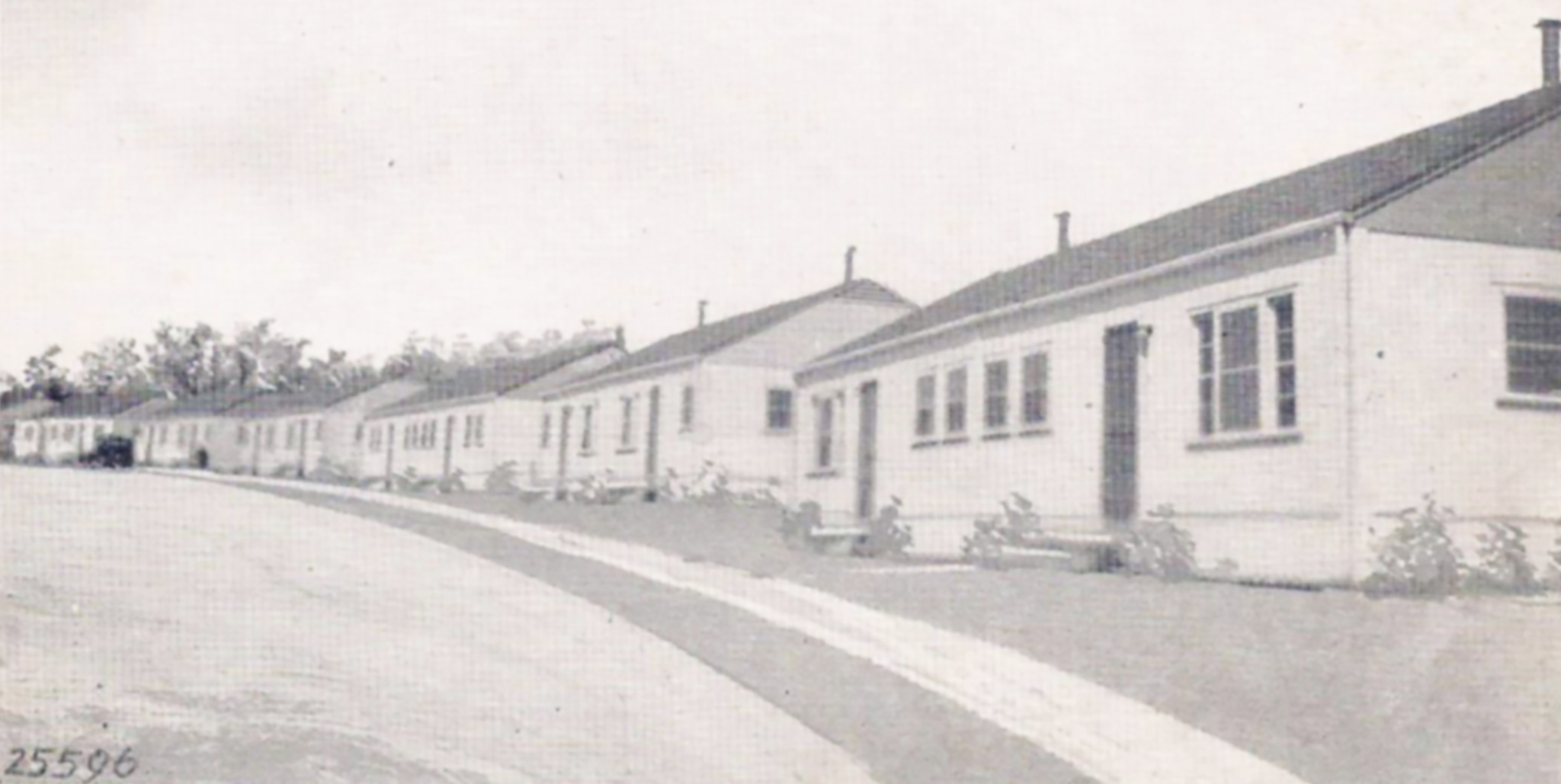A Look Back at the Kingsbury Ordnance Plant During World War II
Writer / Jeff Kenney
Photography Provided
Besides the fact that the annual remembrance of the storming of the beach at Normandy on D-Day on June 4, 1944, one of the most decisive moments in ending World War II, is just a month away, warfare has unfortunately been on the minds of many Lakes area residents in recent weeks due mainly to the attacks on the Ukraine by Russia.
Surely, though, that was all the more the case in the years leading up to World War II. Perhaps unnoticed to many present-day readers are the physical (and even municipal) reminders of the significant role played in this region in wartime activities.
Remnants of the sprawling Kingsbury Ordnance Plant are still visible in LaPorte County, and the adjacent town of Kingsford Heights represents the vibrant continuity of a Hoosier community created intentionally for the purpose of housing workers who helped provide the armaments for the massive war effort with their own hands.

By the late 1930s, the federal government was already scouting locations for munitions production ahead of America’s involvement in the growing war in Europe, though of course a formal declaration of war on the part of the U.S. occurred after the Dec. 7, 1941 bombing of the US Naval base in Pearl Harbor.
Some 13,000 acres in LaPorte County were eventually set aside for construction of the Kingsbury Ordnance Plant, ideal for its abundance of flat land, fresh water, highway and railroad access, and distance from coasts more prone to attack from enemies. Its remote locale also provided some distance from denser populations in the event of accidental explosions and the like.
Construction on the fourth American facility federally authorized for war preparation began in 1940, with some 250 local families relocated when the government purchased the land. In addition to construction facilities, bomb shelters, offices, and barracks were built at the plant, which eventually employed more than 20,000 workers. Since so many able-bodied men were engaged in the war effort overseas, nearly half of the plant’s employees were women.
Workers could produce on any given day 180,000 point-detonating fuses, more than 46,000 40mm shells, and 500,000 rounds of 20mm ammunition. Some workers who were exposed to the explosive tetryl experienced skin discoloration, noticing an orange tint to their skin. All employees had to pass through multiple checkpoints for security reasons, and those working in production buildings found their respective facilities separated by a mile each, in case of explosions. 
All of those workers, of course, needed housing. Some were local residents, but many found temporary residence in newly-created subdivisions in LaPorte (Maple Terrace) and Starke County (Parkview). But the most visible lasting legacy of wartime-era housing created in relation to the plant is the nearby town of Kingsford Heights, near the intersection of highways 6 and 35.
Initially dubbed “Victory City,” planning for the town had begun alongside planning of the ordnance plant. Construction was underway for nearly 3,000 houses, on 775 acres of former farmland, in 1942. President Roosevelt had established the National Housing Agency in February of that year, including provisions for housing relating to the war effort. Most houses at the LaPorte County site were one-story bungalows, and plans for the new community included schools, a civic center, a “village green,” police, fire, and medical facilities, and an administration center acting as the “town hall.”
As even modern-day maps and aerial photos show, the design for the town’s layout differed from most American municipalities: rather than a squared “grid” of streets, Kingsford Heights was laid out in a sort of “wagon wheel,” circular pattern, with municipal services and the like at the center. Rumors persisted that U.S. First Lady Eleanor Roosevelt had had a hand in the planning of the town, whether in its unusual shape or the naming of its streets, but so far efforts to substantiate the claim have failed.
Workers rented their housing from the government but, while some indeed took advantage of the available residences in “Victory City,” many preferred to commute from their own homes to the nearby ordnance plant, and postwar news reports indicated that only around 300 of the homes were actually occupied during World War II.
As the war ended, production at the Kingsbury ordnance plant naturally slowed to a near halt as well. It was briefly reopened for the Korean War a few years later, but permanently closed and decommissioned in 1960. Five years later, 7,280 acres were made the property of the State of Indiana and eventually converted to the Kingsbury Fish and Wildlife Area. Portions were converted into the Kingsbury Industrial Park and some returned to farmland.
Since its closure, the old ordnance plant site has persisted as a sort of “ghost town” and a visible reminder of an important piece of statewide and national history, though through the decades, remaining aspects of it have continued to decay and crumble. And while the area has attracted curiosity seekers and even ghost hunters over the years, visitors should be aware that much of the land is on private property and may even be dangerous to access. Some remnants, however, are visible from publicly accessible locations.

More focused information, and an array of artifacts and photos, for interested readers can be found at the LaPorte County Historical Society Museum in Laporte.
Lasting residents of Kingsford Heights, meanwhile, purchased their town from the U.S. government and in 1956 it was incorporated as a municipality, with state funds made available to revitalize. New housing was added in the early 1970s and a plethora of new amenities emerged in the years since.
Today, the town’s 300-plus families call home an active community which signifies the notable contributions of the Lakes area to the World War II effort.
Jeff Kenney is a local historian and museum and archives manager for Culver Academies.







Comments 5
I’m very interested in the history and families of
Kingsford Heights and the Ordinance Plant. My dad
and a group of his friends came up from Kentucky after the Korean Conflict looking for work. My dad did work as a guard at the entrance of K. O. P..
Where there two story houses built in KOP?
I would love to know your sources for the information in regards to Kingsford Heights
It was an ordinance that’s for sure. And active up to the early 90s from what I remember of the hewies always flying that way from Miami way. I’m a west Yorker. No mention of us in this article. Or the other secrets of Kingsbury. Or Harold Urey and what his discovery he received a Nobel prize for led to. Sorry. On a rant. Go wildcats. Go falcons. Creekers
Ashley,
Your “rant” triggers my curiosity to know what you know! Would you please, please, write more? Historiical record or personal stories of KOP are scant, rare or have died with those workers.
Thanks!